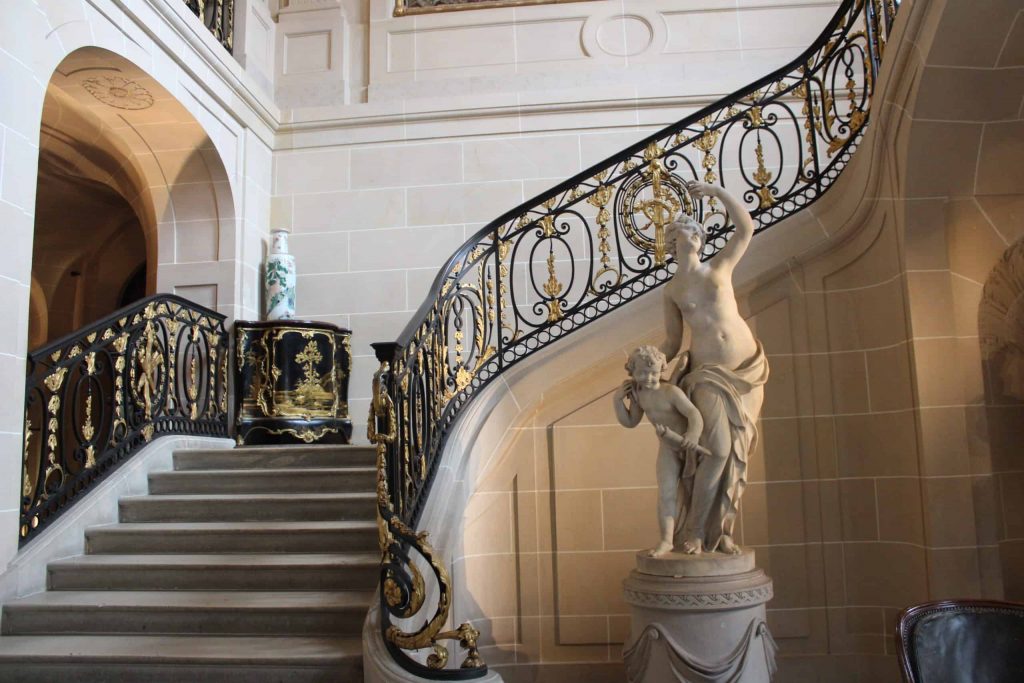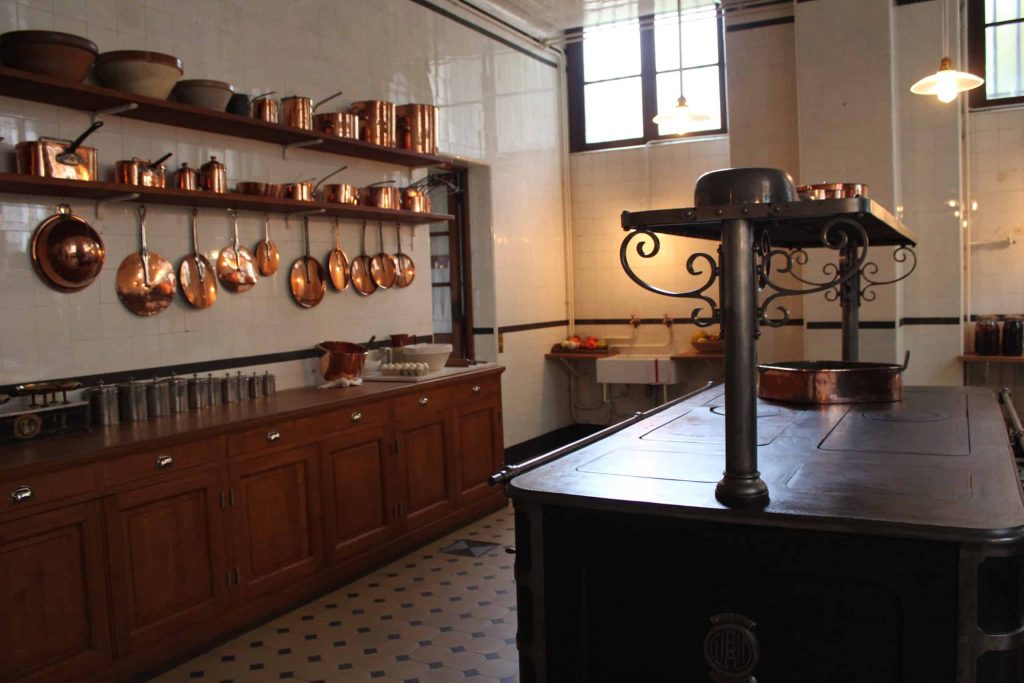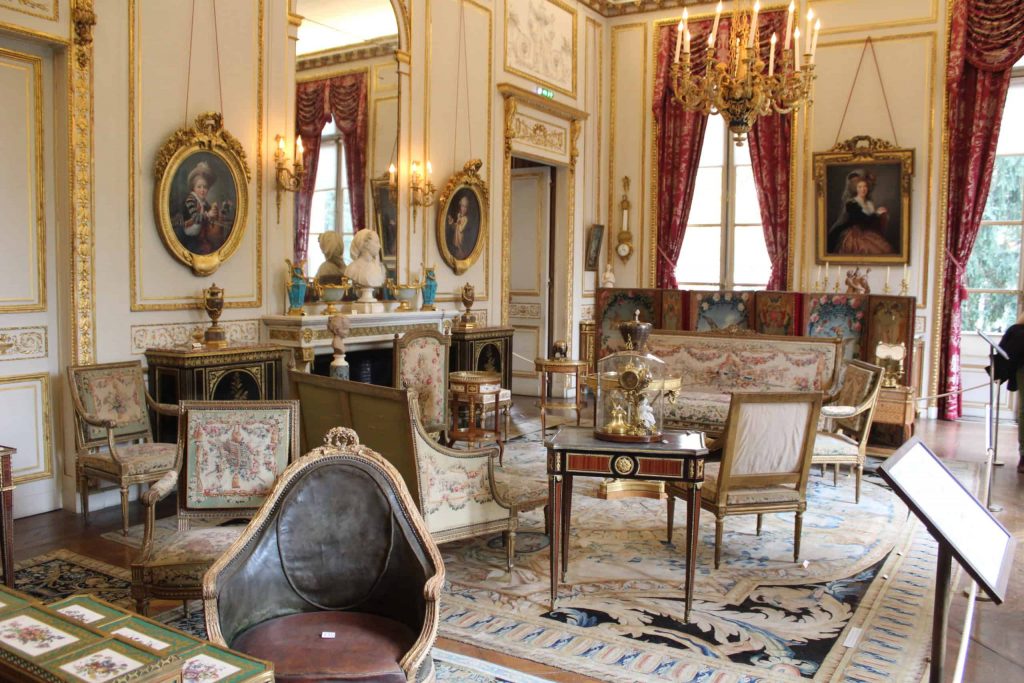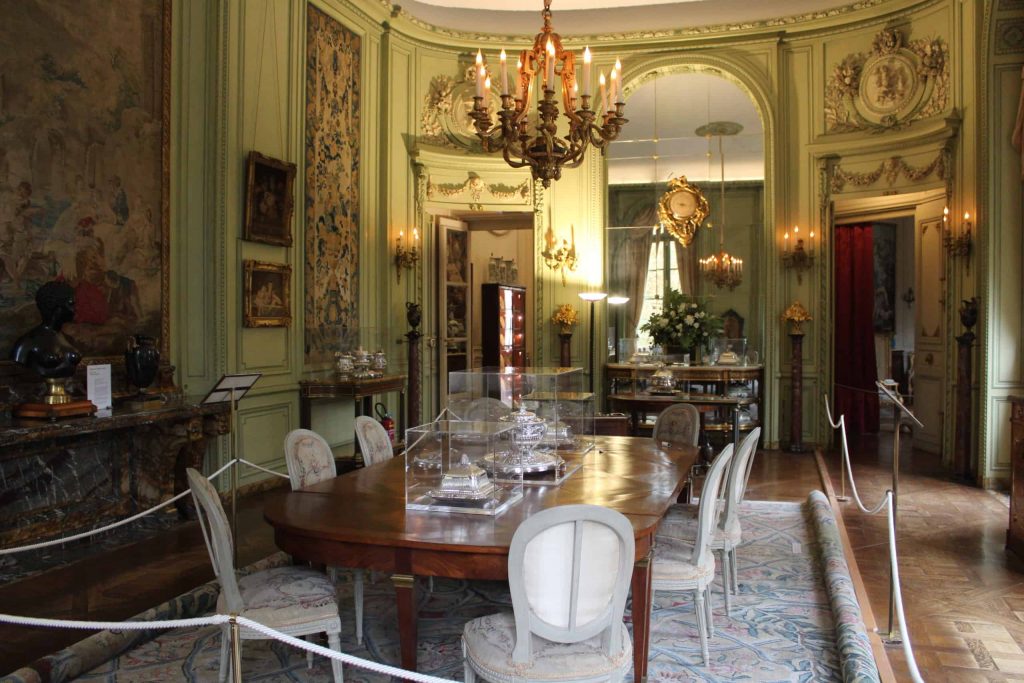Remember when I wrote about Parisians flocking to museums before the current lockdown began? Well, I was one of those Parisians. And if you read that article, you already know that every exhibition on my list to see was sold out. I even went to one in person to see if they had any day of tickets available, but no luck. Sold out meant sold out. But this is Paris. There’s over 130 museums in this city, which means that when one is sold out, there’s another one just around the corner. And in my case, that happened to be quite literally true. So around the corner I went, and was rewarded with the Musée Nissim de Camondo, one of the most astonishingly beautiful museums I’ve ever seen.
Never heard of it? Don’t worry. I hadn’t either. But this is what I love about Paris. Even the little known museums can yield extraordinary treasures. So what is so incredible about the Musée Nissim de Camondo? Well, the first thing you need to know is that it was modelled after the Petit Trianon in Versailles. Yes, that Versailles. That should tell you all you need to know about the grandeur of this place. The museum opened in 1936, but prior to that, it was the private residence of Moise de Camondo, a prominent French banker from the Camondo family of the Ottoman Empire. This magnificent home began construction in 1911, and was built specifically to house Moise’s extensive collection of 18th century French artifacts and furniture.

In fact, that’s what’s so extraordinary about this museum. Every piece of furniture, artwork, and object is original. More importantly, they are all sitting in rooms that were specifically designed to highlight their beauty. I honestly lost track of how many times my jaw dropped upon entering a new space. Each one was even more beautiful than the last. And yet, despite this, you never lost sight of the fact that this was a family home. The main floor may have been exquisitely ornate, but the upper floors managed to feel both stately and homey at the same time. There was even a kitchen in the lower floor that was straight out of Downton Abbey.

And yet, despite all this beauty, this building was also home to tragedy. Moise was a single father to two children, Nissim and Beatrice. He had high hopes for Nissim to one day take over the family business, but history sadly got in the way. When war broke out in 1914, Nissim joined the French Army and became a combat pilot. He was killed in action in 1917, leaving behind a heartbroken father. Moise closed the family business and withdrew from public life. He spent the remainder of his time growing his art collection and spending time with his daughter and two grandchildren.

Moise died in 1935, and he bequeathed his entire collection and his home to the Paris Decorative Arts Society. His one condition? The museum was to be dedicated to his son. The Musée Nissim de Camondo opened the following year, but that was not the end of the Camondo family tragedy. Beatrice, her husband Leon, and their children, Fanny and Bertrand, were all forcibly removed from Paris during the German occupation of World War II. They all died in Auschwitz, thus ending the Camondo line.

It was a shockingly tragic end for a family that brought so much beauty to Paris. As I moved through the house, I couldn’t help but feel grateful that Moise decided to turn his grief into such a beautiful gift to the city. I loved my visit, but it was more than just beautiful rooms and artwork. It was extremely poignant as well. The Musée Nissim de Camondo is a wonderful legacy for Moise’s son and his family. I hope everyone will take the time for a visit on their next trip to Paris.
Laura Moore is a professional storyteller who loves history and the many stories that make Paris one of the most fascinating cities in the world. Join one of her signature tours to learn the story of a city.




